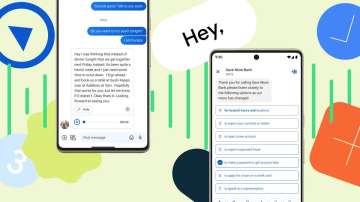Google is set to introduce new features for its messaging app for Android. The new feature aims to improve security and reduce spam on smartphones. Google Messages app uses RCS protocol as an alternative to SMS but it comes with the problem of spam messages with shady links.
According to a report by Piunika Web, Google is not working on a new update, that will alert users by a pop-up before they click on any link from an unknown number. The feature aims to make users rethink their actions before clicking on a link from someone who is not on their contact list.
As per the screenshot shared by the publication, the pop-up caption reads, “Caution: this sender isn’t one of your contacts.” It further explains, “Links from people that you don’t know may open unwanted or harmful content”.
Users can select a checkbox that reads, “Continue with possible risk” and open the link, or in case they do not wish to open the link then they can simply press the cancel button.
Google Messages new feature
According to a report, there is speculation that the feature may soon be available in standard SMS messages. This warning message can currently be found in the 20240402_01_RCO0 or newer beta version of Google Messages. Although the feature is not currently enabled by default, it can be manually activated using feature flags and works in the background. It is expected that the feature will first be tested by multiple beta testers before being released to the stable app.
Google Messages currently displays a warning when clicking on links from unknown numbers. However, it allows users to bypass the warning by tapping "Continue." The newer implementation requires users to first confirm the action and then tap "Continue."
ALSO READ: Google introduces 'Vids' app at its Cloud Next 2024 event: Here's how to use it
